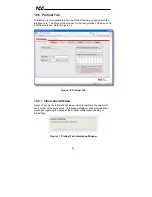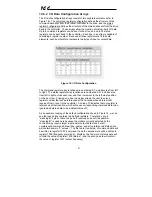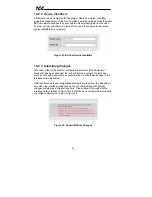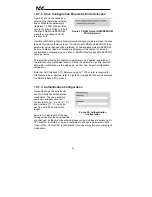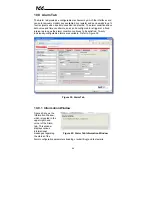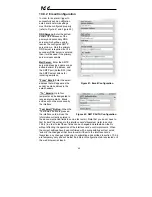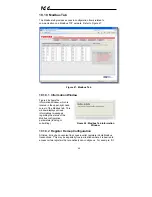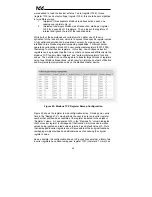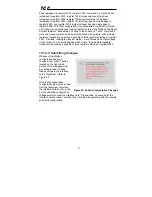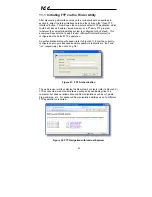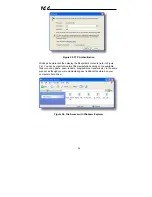
41
ICC
10.8.2
Device Identification
A text entry box is available which allows customization of the device’s name
for identification on the EtherNet/IP network. This string is accessible as the
“product name” attribute of the identity object. Refer to Figure 35.
Figure 35: EtherNet/IP Device Identification
10.8.3
Run/Idle Flag Behavior
EtherNet/IP clients
(such as PLCs) have
the option of adding a
32-bit “run/idle”
header to all class 1
(I/O) data packets
sent to devices. Bit 0
of this header is
called the “run/idle flag” by the EtherNet/IP specification, and is intended to
signify when the client is in a “running” state or an “idle” state. A running state
(run/idle flag = Run) is indicated whenever the client is performing its normal
processing (e.g. scanning its ladder logic). An idle state (run/idle flag = Idle) is
indicated otherwise. For example, Allen Bradley ControlLogix PLCs will set
their run/idle flag to Idle whenever their processor keyswitch is placed in the
“PROG” position, presumably in preparation to receive a new application
program from RSLogix.
The behavior of EtherNet/IP devices when they receive I/O data from a
controller with the run/idle flag set to Idle is not specified in the EtherNet/IP
specification. The interface card allows the option of two different behavioral
responses when a run/idle flag = Idle condition is received, depending on the
state of the checkbox indicated in Figure 36.
•
If the checkbox is cleared (default setting), then the interface card will
maintain the last I/O data values received from the client. For example, if
the inverter was being commanded to run prior to the run/idle flag being set
to Idle, then it will continue to run.
•
If the checkbox is checked, then the interface card will invoke its user-
configured timeout processing (refer to section 10.7.4). This setting allows
the user to determine any inverter behavior they may desire (stop the
inverter, fault the inverter, ramp to a preset speed, etc.)
Figure 36: Run/Idle Flag Behavior Selection




